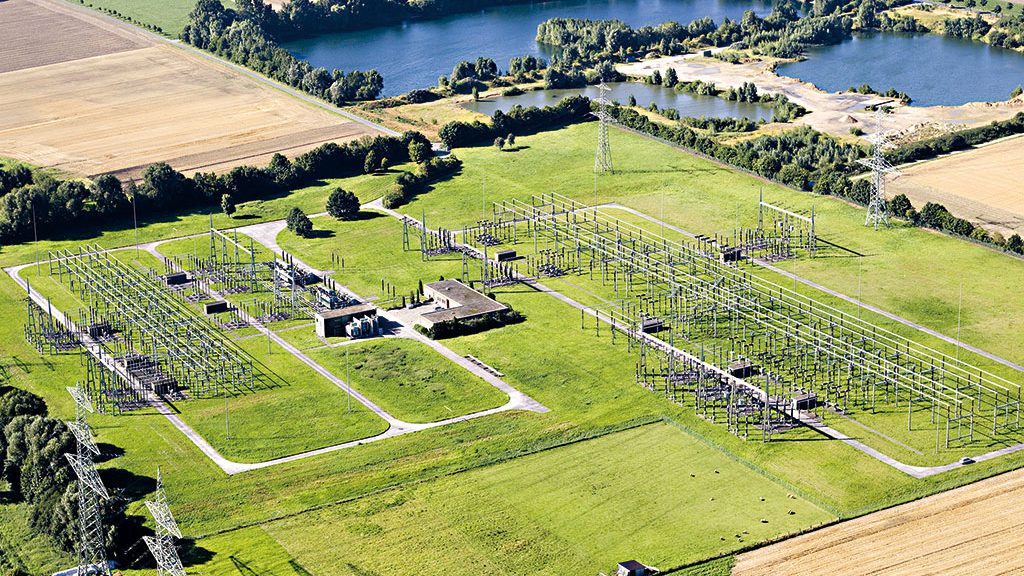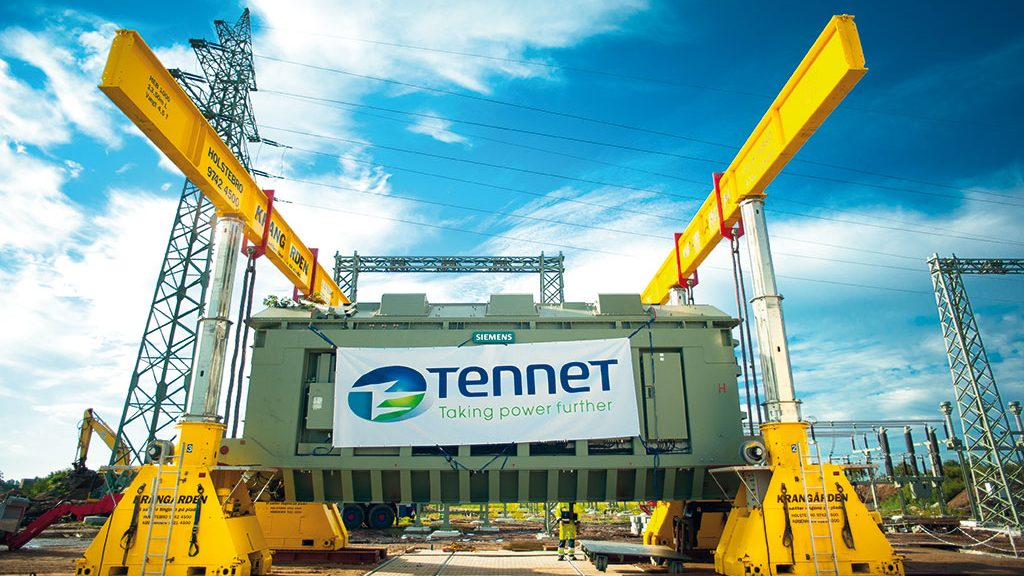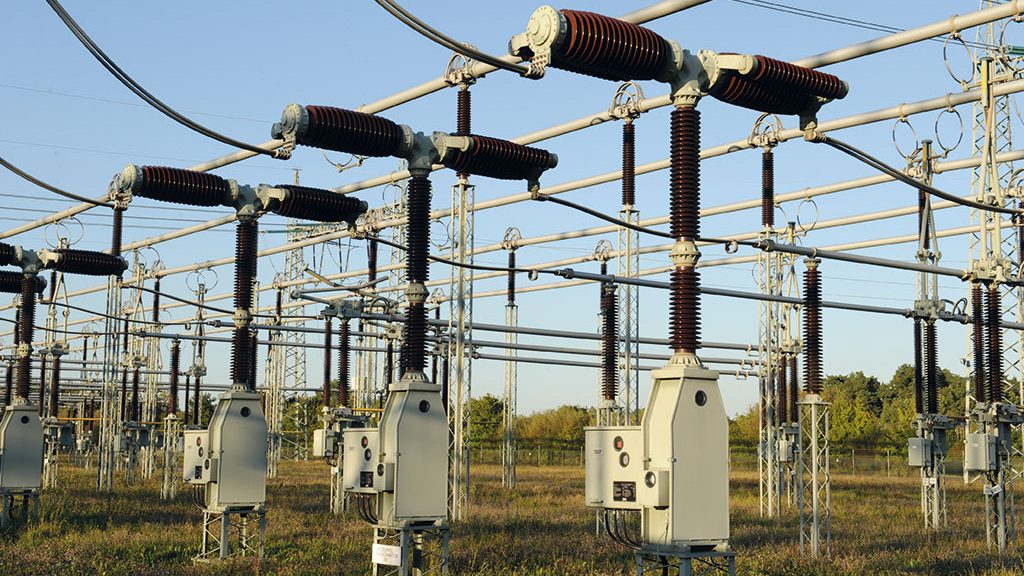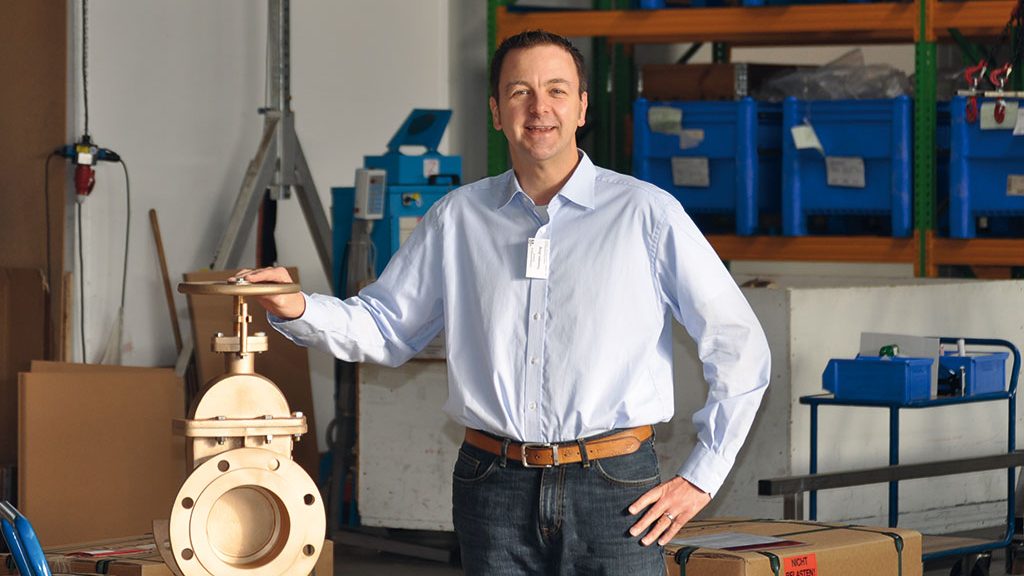Product Manager Thorsten Zeug: “An attractive market, especially for the future”
In principle, our electricity grid can be compared with a road network. There are motorways for long distances, main roads for medium distances and simple local roads which lead to our houses. These are interconnected with crossroads and junctions. The motorways are the very high voltage lines with a voltage of 220,000 or 380,000 volts (corresponding to 220 or 380 kilovolts). The higher the voltage the lower the energy losses during the transportation of the electricity. To transport the energy over very long distances as efficiently as possible, the electricity is transformed to the highest possible voltage at the places where it is generated, namely at the power stations. This is done with transformers. Most of these transformers are cooled with oil, in some cases with quantities of up to 40 tons. HEROSE valves for oil-cooled transformers have proven themselves for decades in heavy-duty use for electricity generation and distribution. At present, these include gate valves with dimensions from DN 25 to DN 250.
After this, the energy is transported via very high voltage overhead power lines over hundreds of kilometres to the consumption centres. Because of this, the 220 and 380 kilovolt lines are often also referred to as the “transportation grid”.
The high voltage grid with a voltage of 110 kilovolt is connected to the very high voltage grid. Similar to main roads, this is used for the rough distribution of energy within the region. After this, medium and low voltage lines with a voltage of 10, 20 or 30 kilovolt bring the energy directly into our towns, usually via underground cables. After a further transformation, the electricity in our plug sockets only has a voltage of 230 or 400 Volt.
What is the role of the substations? Here, the power lines with various voltage levels meet and interconnect – just like at a crossroads. Via the very high voltage lines with 220 or 380 kilovolt, the electricity is transported from the power stations to the substations, which it is transformed down to the lower level of 110 kilovolt.
The same process is carried out at the next stages. The different voltage levels are coupled together with large transformers. From the substations, the electricity is then supplied to the consumers. The substations collect the electricity from the power stations, convert it to a lower voltage level and distribute it further.
This process is increasingly being used in the reverse direction. Over the past decade, in addition to the large central power stations, an increasing number of decentralised, regenerative generation plants have been installed. These include domestic solar energy systems on roofs as well as large wind parks on the coast and out at sea. The local and regional grids collect the regeneratively generated energy and transport it to the nearest substations.
The offshore substations constructed far out at sea are especially interesting for HEROSE. Thorsten Zeug, Product Manager ENERGY at HEROSE since June 2013: “Especially here, far out from the coast, components need to be of the very highest quality. A leaking gate valve would be dangerous, not simply from an environmental point of view. To make a repair, 40 tons of oil would need to be drained off, which would involve a downtime lasting several weeks with unforeseeable financial consequences.” Zeug believes that HEROSE is well prepared: “Our valves for offshore use are ideally suitable due to special alloys and coatings. This has been confirmed with corrosion tests in salt water.”
Zeug has an ambitious aim: “We intend to considerably increase the share of the ENERGY division in the total results during the coming years.” For this, the graduate process technician often has to travel. Thorsten Zeug believes that the greatest competitive advantage of HEROSE is “the fact that we have a great deal of experience in constructing valves for transformers – and that we can cater for customers’ individual requirements.”
Gate valves type 09320, type 09420
Outlet valve type 03199
Ball valves type 15210, type 15215
Photos: TenneT, Carsten Wurr






 Read the current digital customer magazine now!
Read the current digital customer magazine now!
